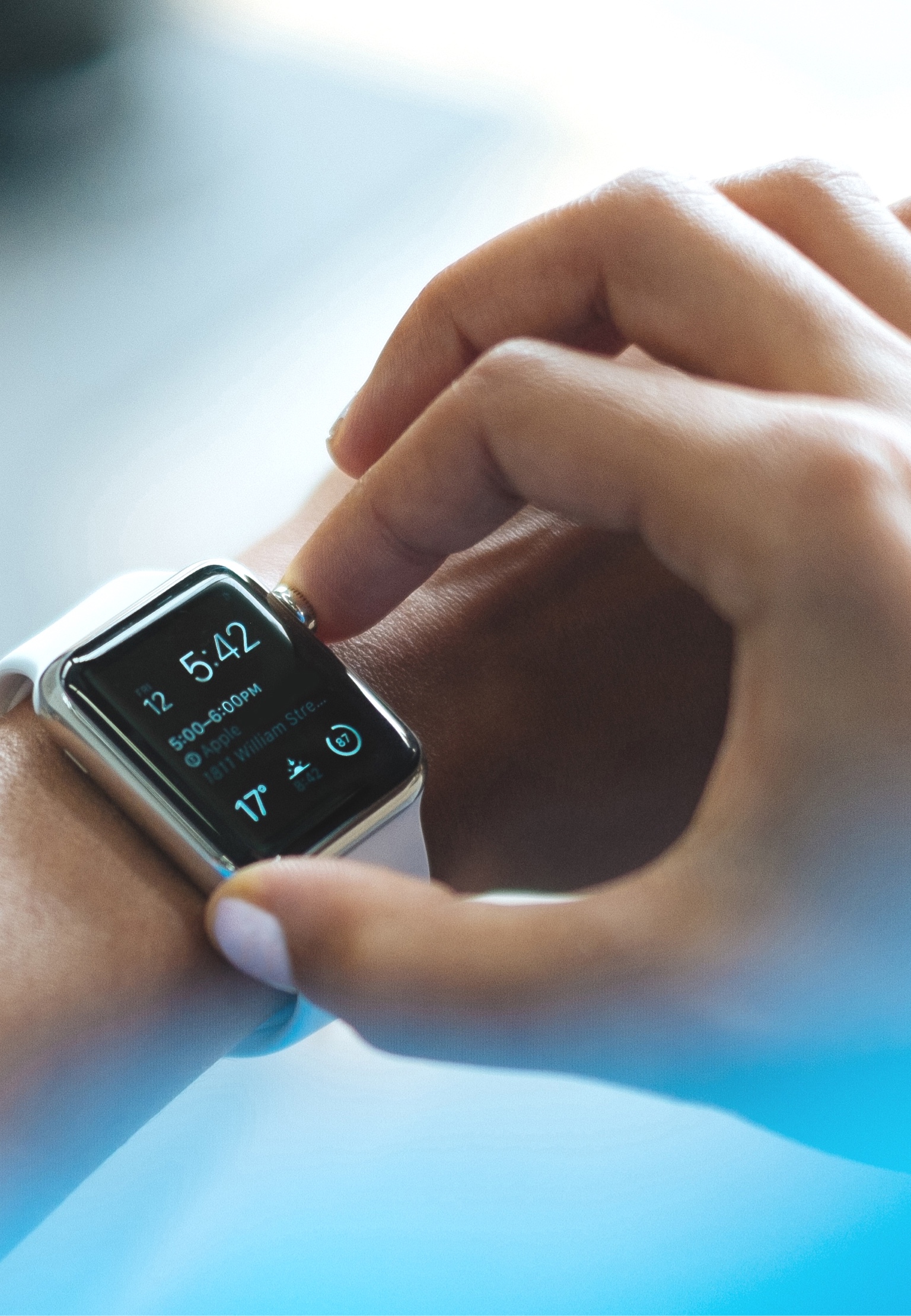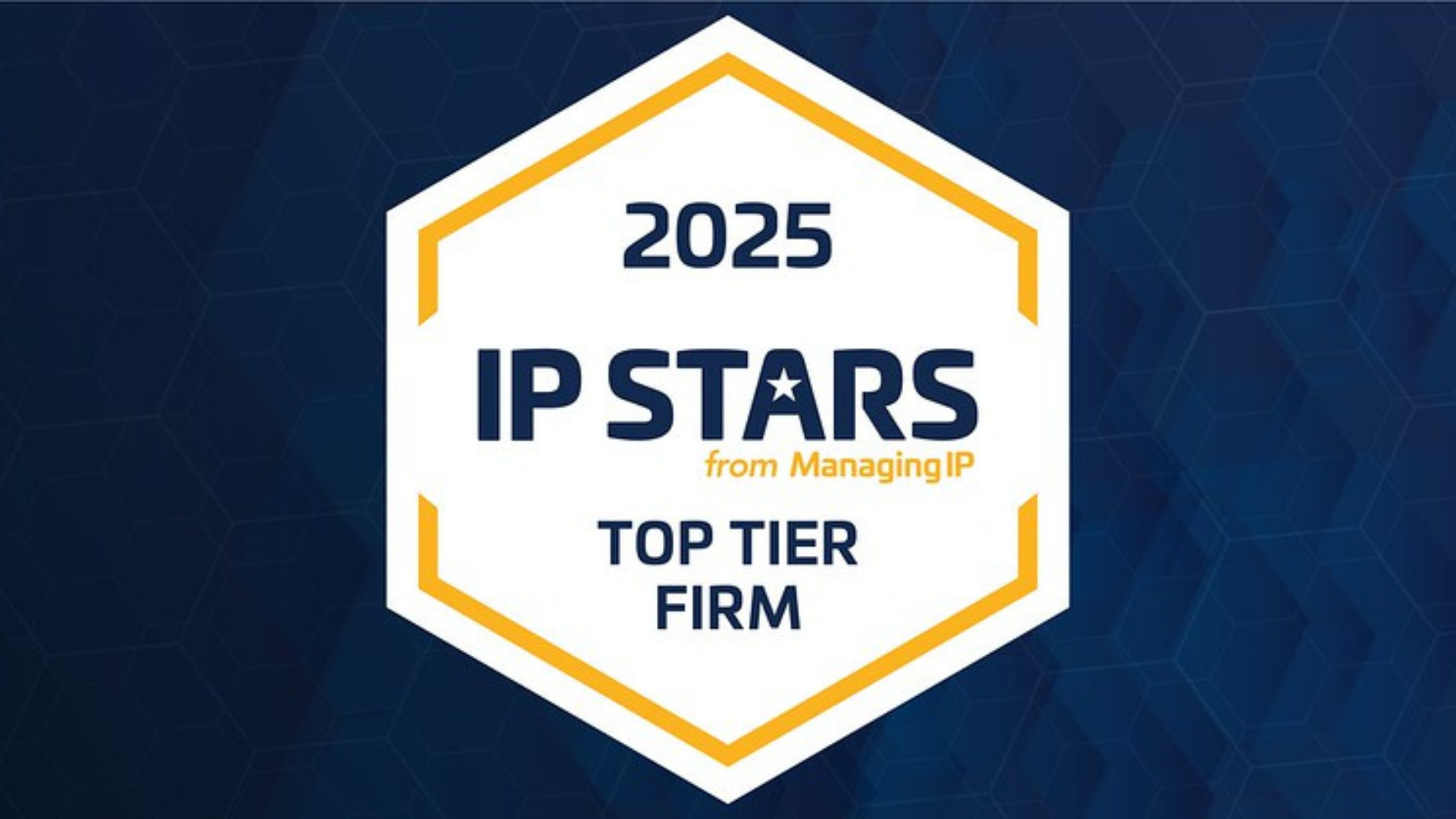Blogs
Building Better Bodies 10 years on: 3D Printing in Healthcare
October 2023
A decade ago, 3D printing, also known as additive manufacturing, was very different from the techniques used in 2023.
As well as what may be considered “standard” use in materials engineering to manufacture parts for mechanical systems back in 2013, there was a focus on starting to make the technique available to all, with Amazon and Staples selling home 3D printers [1]. Marketing teams saw the potential for novelty in the technique, with Coca-Cola offering customers 3D printed models of themselves [2], Victoria’s Secret 3D printing angel wing accessories for their models [3], and Nike debuting the Nike Vapor Laser Talon, a 3D printed football cleat [4].
Since then the technology has developed and specialised in a huge way. Looking at the field of medicine and healthcare in particular, there have been great leaps in techniques and applications of additive manufacturing to improve people’s health and lives. The possibility to personalise medical treatments using 3D printing allows for improved compatibility with patients, better patient compliance, and fewer complications with the rejection of treatments.
Firstly, considering “rigid” or supportive 3D printing objects to replace or support a body part, patients can now benefit from printed dental implants, prosthetic limbs, hip and knee replacements, braces, splints, and insoles [5]. These objects can be designed and constructed from suitable materials, customised to be a perfect fit for the patient’s particular healthcare need, and made lighter, stronger, and more ergonomic than traditionally manufactured items [6].
In examples of outwardly visible items such as prosthetics or orthopaedic supports, the ability to customise the design and aesthetics of the item can have arguably as great a positive impact as the functionality of the item itself – this can be particularly true for children where making the item appear fun or exciting can be a strong encouragement for the patient to persevere with the item to improve their quality of life [7].
Aside from supportive items, the properties of the build materials used to form objects has also advanced significantly over the last decade. Tissue and organ bioprinting are no longer in the realm of science fiction and research teams are making great progress in the ability to manufacture living tissues and biocompatible soft structures for implants. The ability to manufacture a functioning human organ remarkably appears achievable, even given the huge complexity of these biological structures. This area of application may also help to address problems with a lack of suitable donors for those requiring transplants. There is a question of affordability with these solutions, though some commentators consider it may be comparable or even less than the cost of a “traditional” transplant from a donor [8], [9].
Individualised pharmaceuticals also feature as a rapidly developing field, whereby personalised medicaments with individualised dosages tailored to the person’s individual medical needs – here there is a great potential to improve drug delivery and patient compliance [10].
Additive manufacturing is a valuable tool in medical education as well as directly treating a patient, allowing for study and surgical planning on a realistic model before committing to operating on a patient. Patients themselves can also benefit from understanding their medical conditions and treatment using 3D printed models and visual aids, to help understanding and adherence to treatment plans through greater involvement and understanding of their care.
For businesses looking to get involved in medical additive manufacturing, or if investing R&D in this technology space, it is worth exploring where there is IP in that activity and what may be valuable to patent protect. Patents can support businesses to stake a claim in the technological landscape to protect innovation, but also act as a valuable business asset for licensing and attracting investment. Patent protection can be available for various aspects of medical 3D printing, provided the claimed invention meets the criteria for being new and inventive. Patents can be directed to a method of printing an object, the printed object itself, a 3D printer for printing the object if that works in a specific way, software for controlling the printing process, and even software for controlling an element of the printed object such as a functional prosthesis – these are all potentially protectable. The EPO recently reported that patent filings in 3D printing grew much faster than other technologies on average over the last ten years [11], recently reporting that health is one of the biggest sectors of 3D manufacturing growth with a high demand for patent protection[12].
If the rate of development in the field of medical additive manufacturing continues at a similar pace, and there seems to be no lack of interest in research and development here, then it is very exciting to see what the next 10 years will bring.
This article was prepared by Patent Director Dr Janine Swarbrick.
References
[1] “Staples Selling 3D Printer From 3D Systems ”https://www.pcmag.com/news/staples-selling-3d-printer-from-3d-systems
[2] “Coke Turns Fans into 3D-Printed Figurines” https://digiday.com/marketing/coke-turns-fans-into-3d-printed-figurines/
[3] “Victoria’s Secret model wears 3-D printed wings” https://money.cnn.com/2013/12/10/technology/victorias-secret-3d/index.html
[4] “NIKE vapor laser talon boot” https://www.designboom.com/design/nike-vapor-laser-talon-boot/
[5] “An overview of 3D printed metal implants in orthopedic applications: Present and future perspectives” https://www.ncbi.nlm.nih.gov/pmc/articles/PMC10344715/
[6] “3D printed prosthetics: Meet the real revolution” https://www.sculpteo.com/en/3d-learning-hub/applications-of-3d-printing/3d-printed-prosthetics/
[7] “The Most Common 3D printed Prosthetics of 2023” https://all3dp.com/2/the-most-common-3d-printed-prosthetics/
[8] “When we’ll be able to 3D-print organs and who will be able to afford them” https://edition.cnn.com/2022/06/10/health/3d-printed-organs-bioprinting-life-itself-wellness-scn/index.html
[9] “3D-printed organs and their affordability” https://www.medicaldevice-network.com/comment/3d-printed-organs-affordability/
[10] “3D printing of drugs can revolutionise personalised medicine and improve sustainability” https://www.medicaldevice-network.com/comment/3d-printing-drugs-personalised-medicine-sustainability/
[11] “Patent filings in 3D printing grew eight times faster than average of all technologies in last decade” https://www.epo.org/en/news-events/news/patent-filings-3d-printing-grew-eight-times-faster-average-all-technologies-last
[12] “The future of manufacturing” https://www.epo.org/en/news-events/in-focus/future-of-manufacturing






























